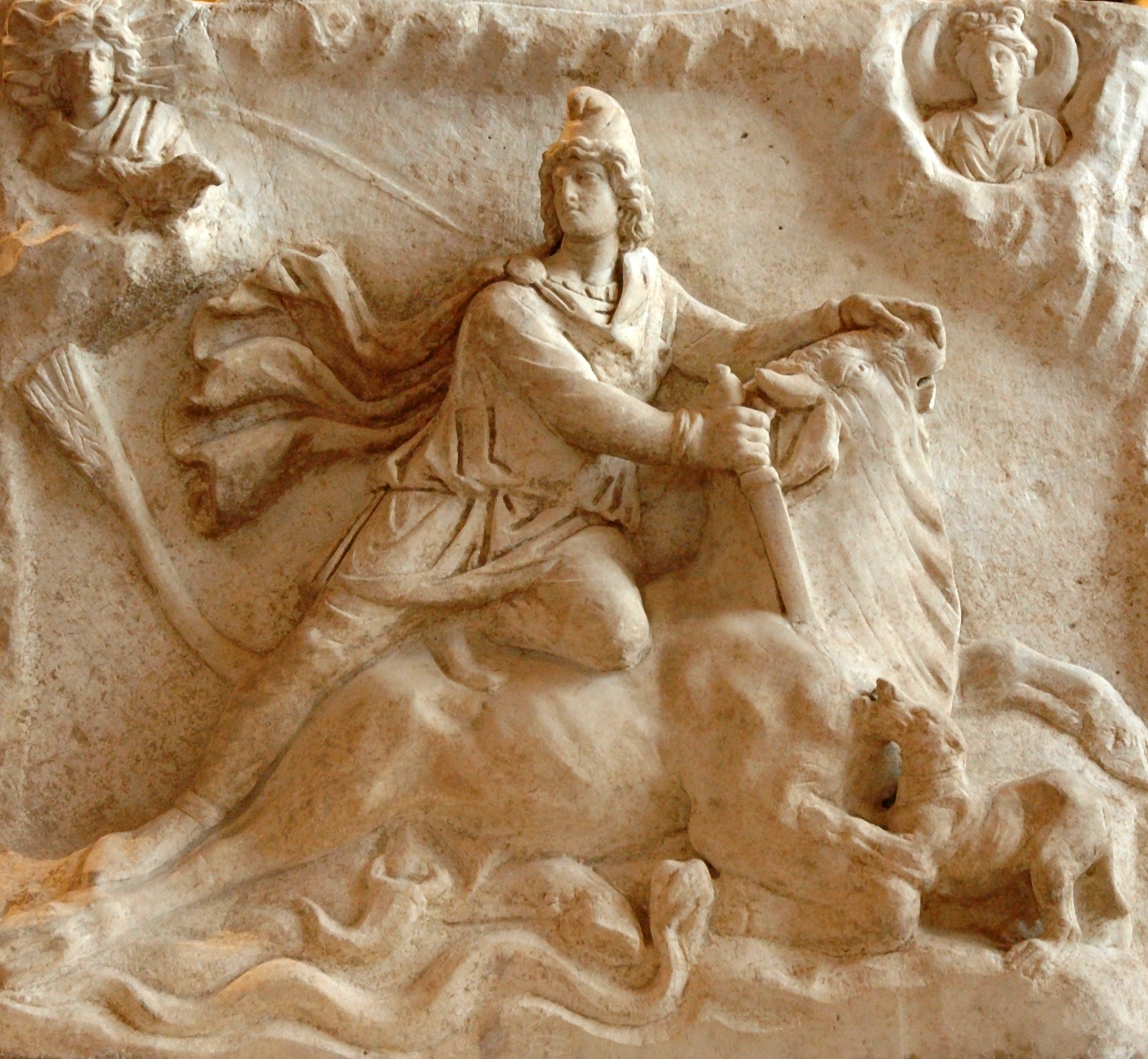
DABIR: Digital Archive of Brief notes & Iran Review, 2015, Vol 1, No. 1.
The first issue of the Digital Archive of Brief notes & Iran Review (DABIR) has been published and is available from the official website of DABIR.
The Digital Archive of Brief notes & Iran Review (DABIR) is an open access, peer-reviewed online open access journal published by the Dr. Samuel M. Jordan Center for Persian Studies and Culture at the University of California, Irvine. DABIR aims to quickly and efficiently publish brief notes and reviews relating to the pre-modern world in contact with Iran and Persianate cultures. The journal accepts submissions on art history, archaeology, history, linguistics, literature, manuscript studies, numismatics, philology and religion, from Jaxartes to the Mediterranean and from the Sumerian period through to the Safavid era (3500 BCE-1500 CE). Work dealing with later periods can be considered on request.
Table of Contents:
Articles
- Saber Amiri Pariyan: “A re-examination of two terms in the Elamite version of the Behistun inscription”
- Touraj Daryaee: “Alexander and the Arsacids in the manuscript MU29”
- Shervin Farridnejad: “Take care of the xrafstars! A note on Nēr. 7.5″
- Leonardo Gregoratti: “The kings of Parthia and Persia: Some considerations on the ‘Iranic’ identity in the Parthian Empire”
- Götz König: “Brief comments on the so-called Xorde Avesta (1)”
- Ali Mousavi: “Some thoughts on the rock-reliefs of ancient Iran”
- Khodadad Rezakhani: “A note on the Alkhan coin type 39 and its legend”
- Shai Secunda: “Relieving monthly sexual needs: On Pahlavi daštān-māh wizārdan“
- Arash Zeini: “Preliminary observations on word order correspondence in the Zand”
Reviews
- Sajad Amiri Bavandpoor: “Review of Smith, Kyle. 2014. The Martyrdom and History of Blessed Simeon bar Sabba’e”
- Lloyd Llewellyn-Jones: “Review of Mayor, Adrienne. 2014. The Amazons. Lives and Legends of Warrior Women Across the Ancient World”
- Yazdan Safaee: “Llewellyn-Jones, Lloyd & James Robson. 2010. CTESIAS’ History of Persia: Tales of the Orient”
Special Issue
- Bruce Lincoln “Of dirt, diet, and religious others”
DABIR
Editor-in-Chief: Touraj Daryaee (University of California, Irvine)
Editors: Parsa Daneshmand (Oxford University) and Arash Zeini (University of St Andrews)
Book Review Editor: Shervin Farridnejad (Freie Universität Berlin)




 Rante, Rocco (ed.). 2015.
Rante, Rocco (ed.). 2015.